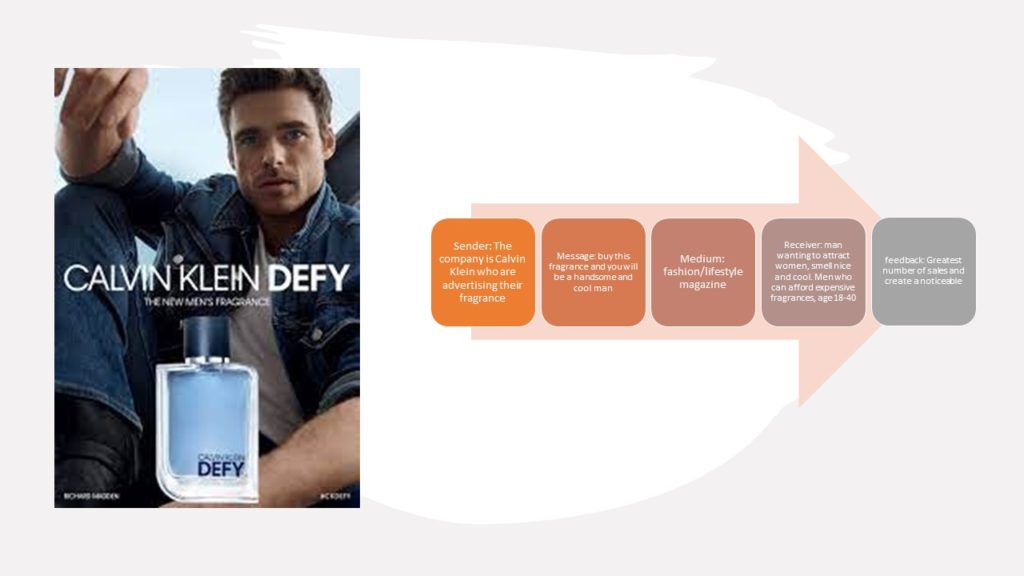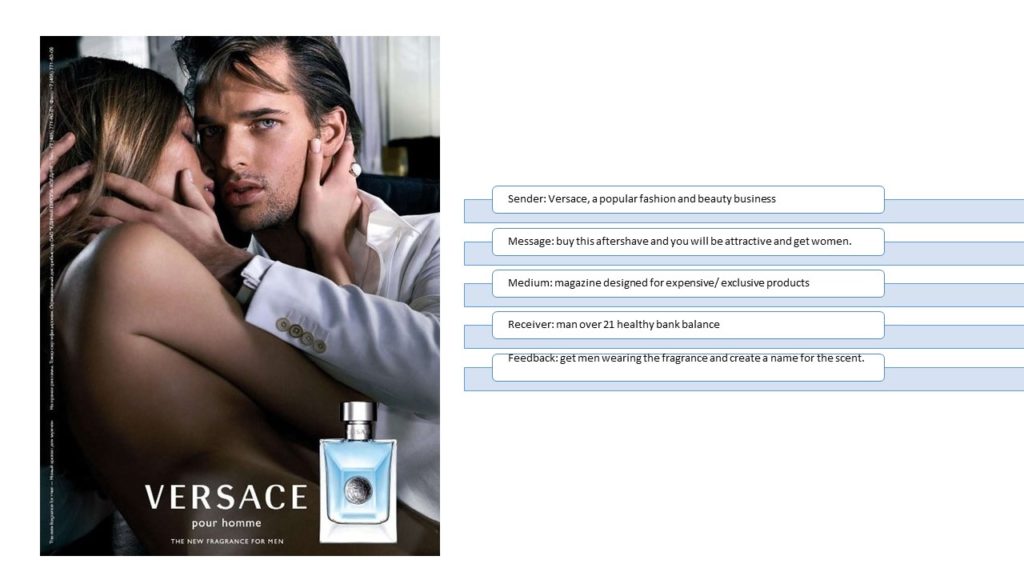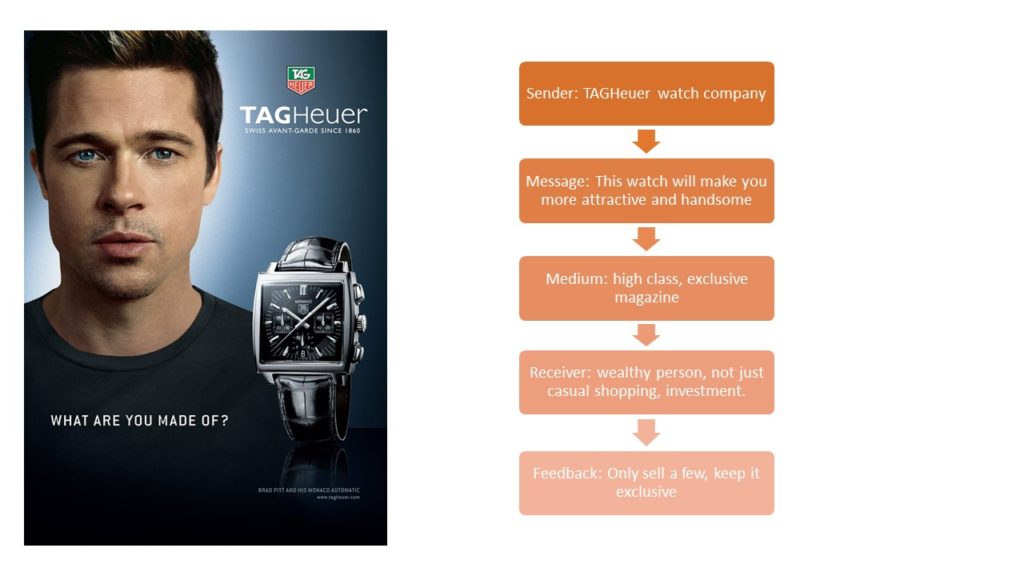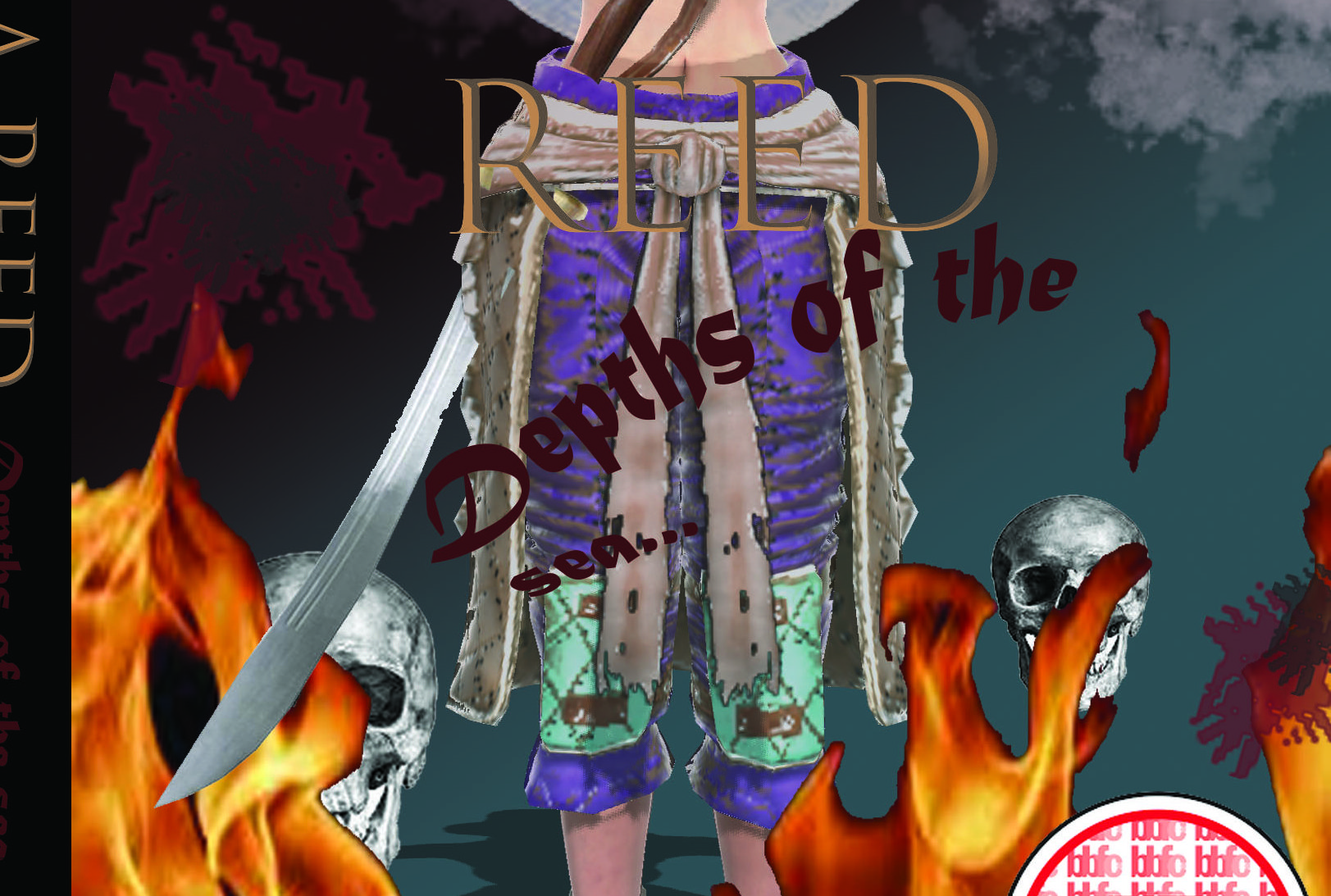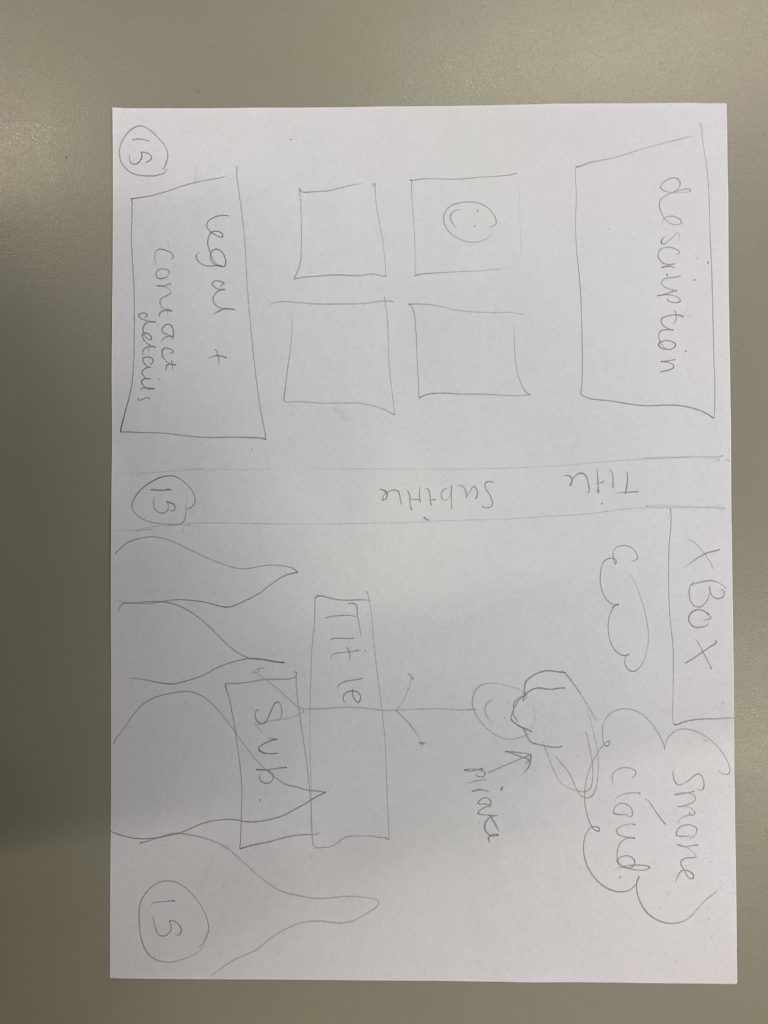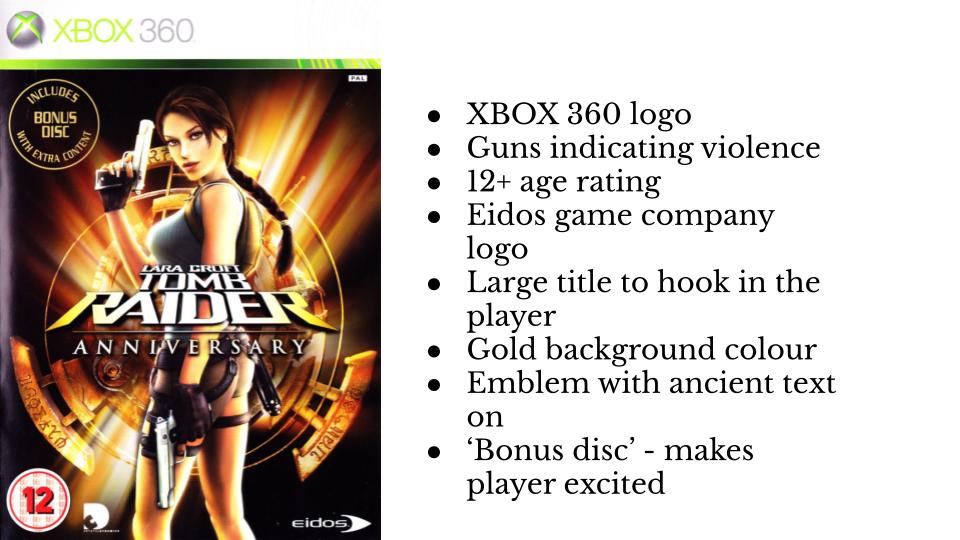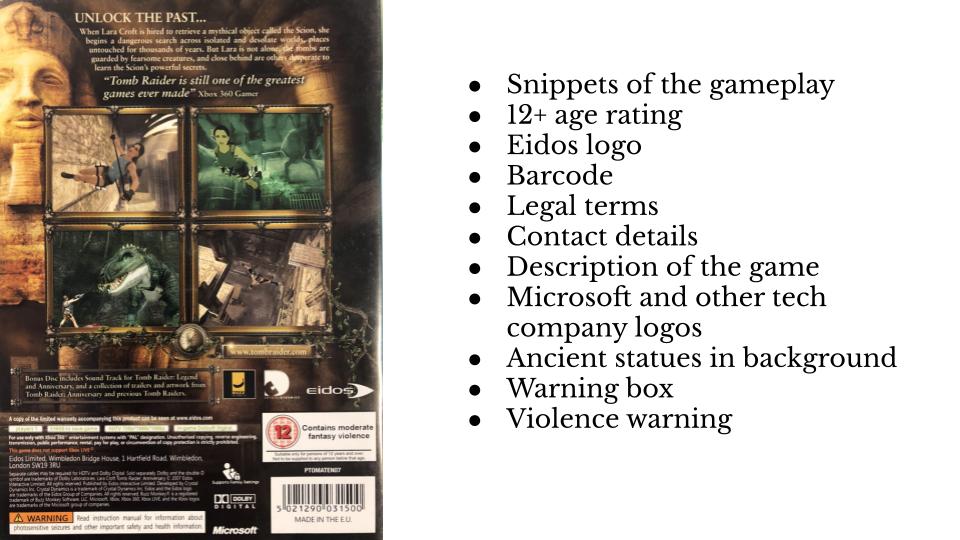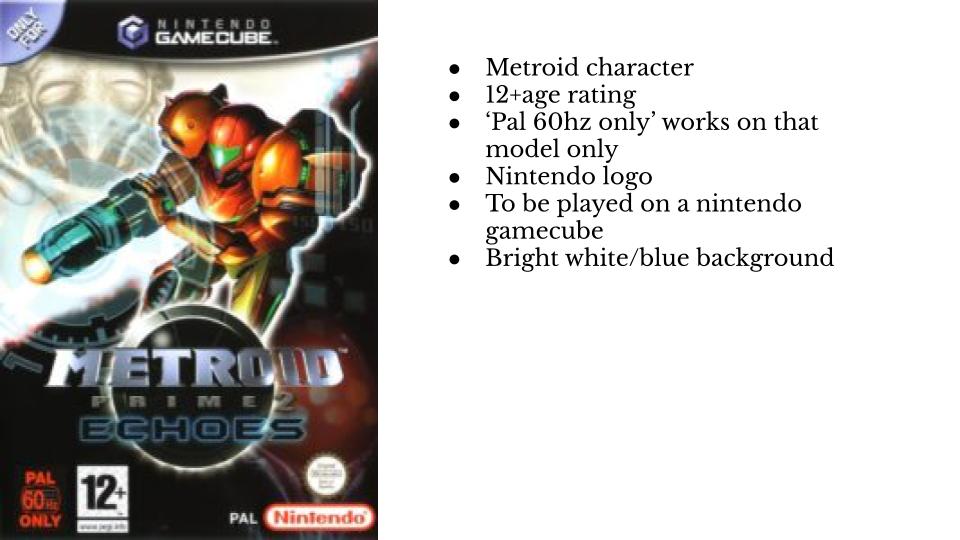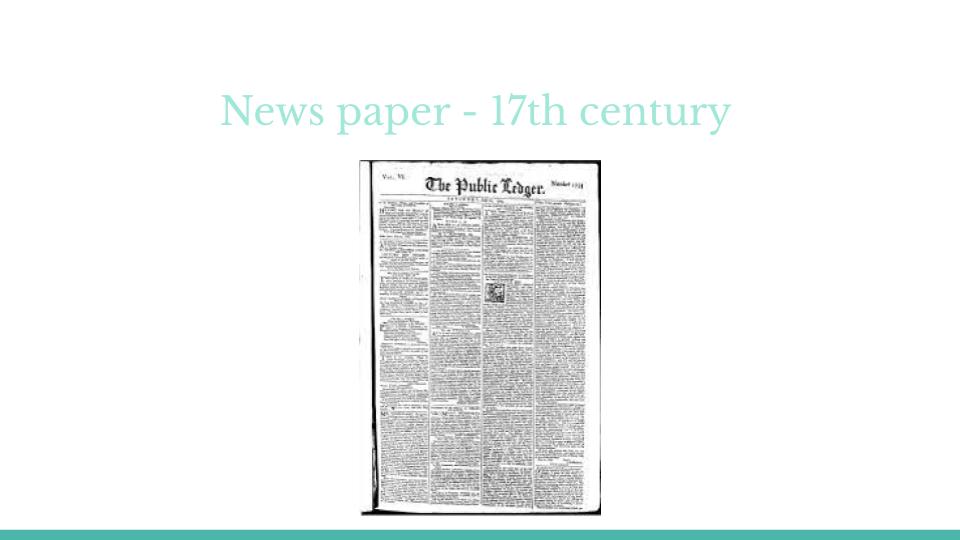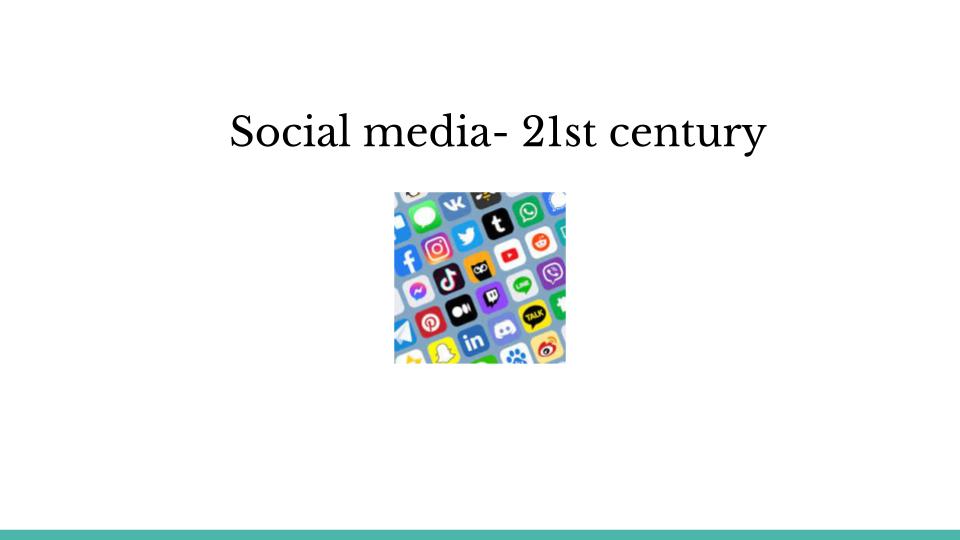In this essay I am going to apply a semiotic analysis to both Tomb Raider and Metroid video game covers. I will argue that the tomb raider and Metroid are both sexist and degrading to women, and create unrealistic views of males, which I feel does not represent positive views of gender to players of the games.
Tomb Raider, a popular video game of the 2000’s, presents the dominant signifier, Lara Croft, through the view of the male gaze. The male gaze was first theorised by Laura Mulvey, it is the act of depicting women and the world through the view of a white hetero-sexual male viewer, often being degrading and sexualising towards women. Lara Croft is portrayed as a woman who conforms to all of society’s gender expectations and standards for how she looks, very little clothing, small waist, large chest, who’s bottom can be seen from nearly every angle and ultimately the expectations set by white cis males, this is not only feeding to the theory of the male gaze, but also profiting off of the sexualisation of women through the game industry.
Similarly to Tomb Raider, Metroid also creates unrealistic sexualised views of men which fit under the ‘cool man’ expectations, huge muscles, weapons, anger and destruction and ultimately large features, which is an indexical signifier to danger and strength, the opposite to those of how women are presented. This also creates unhealthy expectations for men that they must be violent, physically and mentally strong and that both genders are displayed in a way to suit the voyeuristic needs of the gaming industry.
However, these two games, tomb raider and Metroid, become a clear guideline to how much the male gaze has affected not just the gaming industry, but also movies, television and magazines. Firstly, Tomb Raiders dominant signifier, a female character named Lara Croft, is presented as small and almost weak looking (skinny, small muscles, short) this could signify, although she is the main character, she is still seen as the ‘damsel in distress’. Whereas, Metroid’s dominant signifier is a male bounty hunter who is presented with: impossibly large muscles, huge legs, arms and feet. Although this is a negative stereotype towards men, this highlights that women are naturally seen as weaker than males even though they are both committing to hard, strength consuming tasks.
I believe very unhealthy stereotypes are placed into games that are targeted towards young people, these games somewhat justify the way men, women, other groups such as, black, Hispanic and Asian are stereotyped and generalized through video games “stereotypes were not limited to African Americans; Latinx characters have often been portrayed as gangbangers and drug dealers”. I believe these stereotypes of identity within the industry are so important as peoples lives are based around their identity and the way they portray themselves. David Gauntlet, a media studies professor talks about these subjects within identity in his book Media, Gender and Identity. Gauntlet states that identity is complicated and that peoples identity’s form and exist when around people similar to them… Unrealistic looking characters can also lead to mind sets which both make young people gain low self esteem and also unrealistic outlooks of themselves or others. “Video gaming is one of the most popular forms of media entertainment, with around 25% of European citizens playing at least once a week”- sciencedirect.com.
On the other hand, I believe Tomb Raider’s use of Lara Croft is also a step forward to breaking gender stereotypes within the gaming community, in the sense that the game is reactionary as a female character is completing daring tasks set around those expected to be done by a male in an in the conventional patriarchal industry. Lara Croft is seen carrying a gun connoting that she is powerful and dangerous which then contradicts her body which suggests she is weak. I feel the portrayal of Croft’s character can be inclusive to females as it is giving them the chance to play games mainly directed towards males. Tomb Raiders Lara Croft was also one of the first compelling female video game characters in a game that transcended and became a huge pop culture icon. On the contrary, although Metroid is presented as what is conventionally considered male, once the armour is taken off we are revealed to a female character who also follows many of the physical features similar to Lara Croft, I believe this is very empowering towards women, however, this can also be negative as Metroid was only seen as strong and powerful when being presented as a male stereotype.
Therefore, I believe the gaming industry is toxic in the sense that it allows and justifies negative stereotypes of gender, body image and race. Both male and female characters are overly sexualised to fit into a certain category to suit the male gaze, feed voyeurism, but mainly degrade and objectify women.



